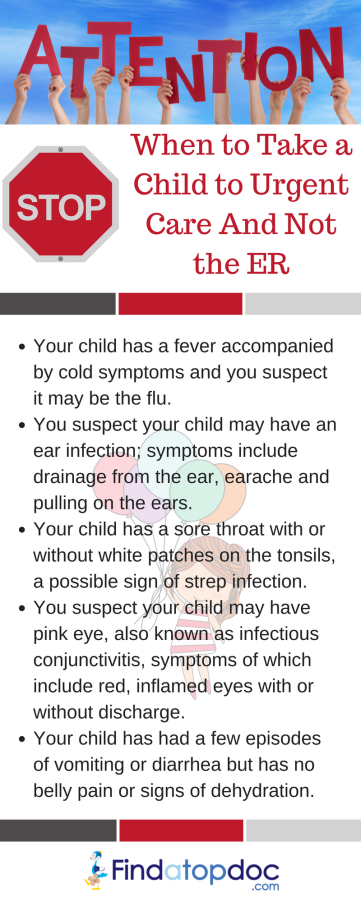In the second year of the Trump administration, healthcare leaders will be adjusting their strategies to focus on investments, collaborations and efficiencies that build enterprise resilience on a baseline of continued uncertainty.
Healthcare players will continue to thrust which will likely result in unavoidable policy changes. Moreover, healthcare providers should anticipate the changes as they come. Beyond health reform, additional risks and uncertainties are moving appearing, as is the consumer, and the health industry is being forced to act.
Artificial intelligence, IoT, cybersecurity, disaster preparedness and the patient experience are only some of the prime concerns. So, here are some of the most important challenges for health care in 2018 in a period of crisis.
1. Health reform isn’t over, it’s much more complicated
Politicians and policymakers at the state level may be making important decisions in 2018 if many healthcare reforms are enacted. The overarching trend has been toward state autonomy in healthcare policy.
Healthcare organizations, especially ones doing business in multiple states, should strengthen compliance and local advocacy efforts. In an unsettled policy environment, however, health organizations should focus on understanding how potential policies would specifically affect their business projections, and construct volatility ranges for those policies. They should understand that fixed costs and federal and state policy decisions’ impact on margin.
2. Fake news and misinformation
Two decades have passed since one notorious paperclaimed a link between childhood vaccines and autism. It took years for scientists to discover the study results were fraudulent. By then, the damage was done. This one piece of fake news helped inspire public doubt in one of the most powerful weapons we have against human disease, and it persists to this day.
In the past few years, myths and misinformation have resulted in outbreaks of measles and mumps in the US and in the stubborn persistence of polio in Pakistan, Afghanistan, and Nigeria. In West Africa, they contributed to the deaths of over 11,300 people due to Ebola. False facts have the power to maim children, kill health workers, and stoke public health disasters. Misinformation will affect global health in many ways in 2018, ranging from Internet-powered self-misdiagnoses to misguided policies.
3. Medicare advantage swells in 2018
Organizations need to inform older adults about Medicare Advantage before they hit 65. In a recent study, only 28 percent of consumers ages 50 to 64 were familiar with Medicare Advantage.
The federal government is ramping up reviews of Medicare Advantage plans. In order to avoid penalties, health insurers should manage risk by focusing on members, paying particular attention to some important services and up-to-date provider directories.
4. Tackling the opioid epidemic
With 64,000 deaths from opioid overdoses in 2016, there is an expected bigger collaboration across payers, providers and regulators in addressing the industry’s role in the crisis. In many healthcare environments, there are already new partnerships being forged between would-be rivals to figure out new approaches, like pharmaceutical companies discussing non-opioid pain treatments. Beyond the humanitarian reasons, these collaborations help move the industry to where we think the market needs to go in fostering new, cross-sector relationships.
5. The evolution of the health workforce
Millions of young people will pour into the global job market this year. All want jobs that pay decent wages, but perhaps many want something more—a sense of purpose, a job where they can help others. For obvious reasons, a career in health care can offer both. Today’s massive generation of young people is already transforming the health workforce worldwide, and will keep doing so for many more decades. But demographics aren’t the only shift taking place in the health workforce.
The skills health workers need are changing, as well. Many health workers around the world are now facing challenges they may never have imagined, much less trained for. Hurricanes, earthquakes, and wars make even the most routine care difficult. During disasters, trauma victims fill hospitals to capacity, the power goes out, and health workers have to think and work fast.
So what would be the solutions? For starters, healthcare education needs to adapt to the changing needs of the industry. Experts say that most healthcare professionals are trained in silos, and then asked to work in a team environment. The focus needs to be on teamwork from the start. That and a better understanding of the fast-changing landscape of the healthcare workforce will help come up with solutions to some of the industry’s biggest challenges in the future.

